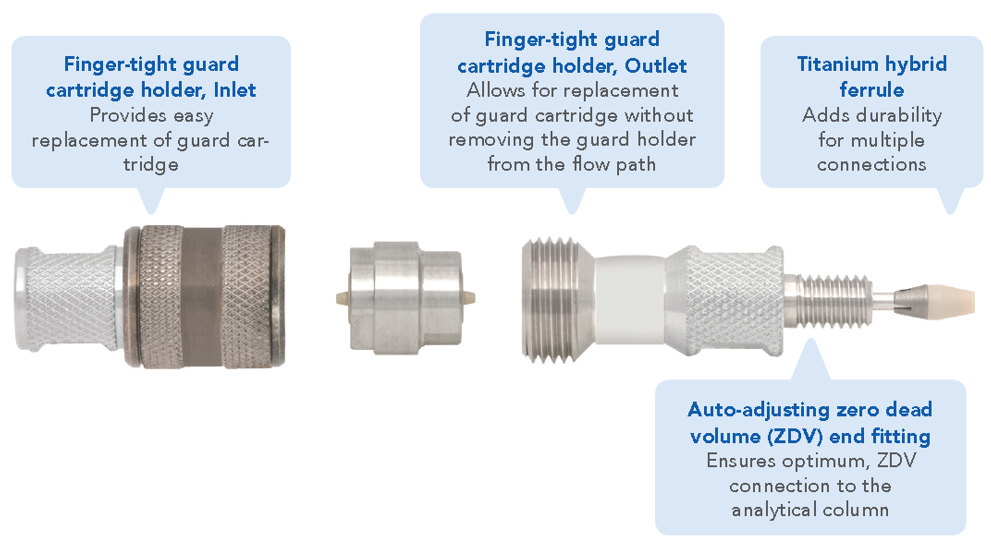Ascentis® Express Phenyl Hexyl Columns for U/HPLC
Improved reversed phase selectivity for polar aromatics and heterocyclic compounds
The phenyl phase of the Ascentis® Express Phenyl-Hexyl column has unique reversed phase selectivity, particularly for polar aromatics and heterocyclic compounds, which arises from solute interaction with the aromatic ring and its delocalized electrons. The Ascentis® Express Phenyl-Hexyl column is complementary (orthogonal) to both the C18 and RP-Amide Ascentis® Express phases because of this unique aromaticity. Phenyl phases also tend to exhibit good shape selectivity, which may originate from solute multipoint interaction with the planar ring system. More retention and selectivity will often be observed for solutes with aromatic electron-withdrawing groups (e.g. fluorine, nitro, etc.) or with a delocalized heterocyclic ring system such as the benzodiazepine compounds. The Fused-Core® particle technology of the Ascentis® Express Phenyl-Hexyl column enables high speed and high resolution separations on both HPLC and UHPLC instruments. The column performs typically 40% more efficiently in comparison to fully porous particulate columns with the same particle size.
Phenyl-Hexyl phase combined with Fused-Core® particle technology for separation of polar aromatics and heterocyclics
The Ascentis® Express Phenyl-Hexyl column is a high-speed, HPLC column based on a superficially porous Fused-Core® particle design. The Fused-Core® particle provides a thin porous shell of high-purity silica surrounding a solid silica core. This particle design exhibits very high column efficiency due to the shallow diffusion paths and three different particle sizes are available depending on your specific needs:

2.0 µm particles
Best Fused-Core UHPLC Column
An optimized solution for high-throughput small molecule analysis

2.7 µm particles
Fast HPLC on ANY System
A practical solution that delivers UHPLC performance from any HPLC

5.0 µm particles
The Lab Work-Horse Column
True plug and play solution for improving existing 3 or 5 µm fully porous particle HPLC columns

Materials
To continue reading please sign in or create an account.
Don't Have An Account?